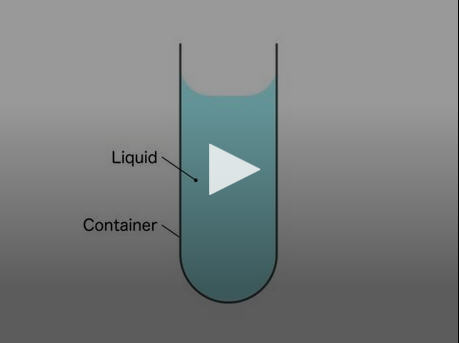Microjet generator for highly viscous fluids

Video: This is a liquid jet generator with highly viscous fluids. The device consists simple structure and can eject highly viscous liquid and nail polish (viscous non-Newtonian liquid). Credit: Tokyo University of Agriculture and Technology, Tagawa Yoshiyuki Lab
Liquid jet is utilized in various key technologies such as inkjet printing. However, most methods can eject only low viscosity liquid, which is almost the same viscosity of water.
This limitation of the viscosity causes the blurring and dulling color of the ink. To solve these problems, the method of ejecting highly viscous liquid jet is required.
Researchers at Tokyo University of Agriculture and Technology have newly proposed a device of generating microjet with high viscosity, like a honey. To produce the viscous liquid jets, we use an impulsive force i.e. the liquid jet is induced by adding an impact applied at the bottom of a liquid-filled container.
Moreover our device relies on additional trick: the wettable thin tube is inserted into the liquid, where liquid level inside the tube is kept deeper than that outside the tube. We find that the liquid inside the tube is significantly accelerated thanks to this trick.
As a result, our device can eject a liquid jet with high viscousity, which is more than 1,000 times viscos than water and with non-Newtonian properties such as nail polish. We have also revealed the mechanism of our device via conducting experiments and numerical simulations.
Our device overcomes the existing problems such as the limitation of the viscosity and solidifies the base for the next generation manufacturing such as 3D manufacturing and biological printings.
###
This work was supported by JSPS KAKENHI Grant Numbers 26709007,17H01246,17J06711.”
Media Contact
All latest news from the category: Agricultural and Forestry Science
Newest articles

A universal framework for spatial biology
SpatialData is a freely accessible tool to unify and integrate data from different omics technologies accounting for spatial information, which can provide holistic insights into health and disease. Biological processes…

How complex biological processes arise
A $20 million grant from the U.S. National Science Foundation (NSF) will support the establishment and operation of the National Synthesis Center for Emergence in the Molecular and Cellular Sciences (NCEMS) at…

Airborne single-photon lidar system achieves high-resolution 3D imaging
Compact, low-power system opens doors for photon-efficient drone and satellite-based environmental monitoring and mapping. Researchers have developed a compact and lightweight single-photon airborne lidar system that can acquire high-resolution 3D…





















